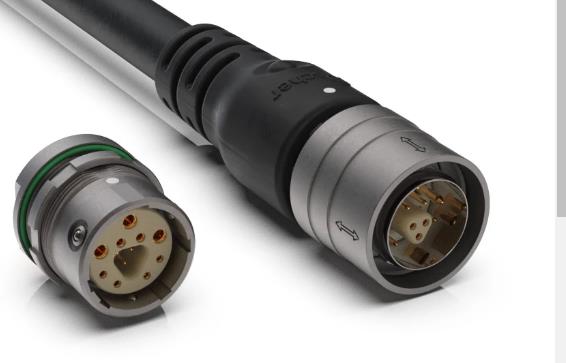How Does a Waveguide Rotary Joint Function?
A waveguide rotary joint is a pivotal component in systems requiring the rotation of parts while maintaining a continuous pathway for microwave or radio frequency (RF) signals. Essential in radar, satellite communications, and other systems involving rotational movement, these joints ensure that signal integrity is maintained despite the physical dynamics of the components.

Core Mechanism and Operation
Enabling Continuous Rotation
The fundamental function of a waveguide rotary joint is to allow one section of a waveguide system to rotate relative to another while ensuring the uninterrupted transmission of electromagnetic waves. This is achieved through a precisely engineered interface that combines mechanical mobility with electromagnetic continuity. Typically, the rotary joint consists of a stationary section (stator) and a rotating section (rotor), each fitted with waveguide ends that align perfectly regardless of the rotation angle.
Minimizing Signal Loss
Waveguide rotary joints are designed to minimize signal loss during transmission. This is crucial for applications like radar systems where signal strength and clarity impact the system's performance and accuracy. By using materials with low electromagnetic absorption and engineering interfaces that prevent misalignment, these joints can maintain a low Voltage Standing Wave Ratio (VSWR), often below 1.2:1, indicating efficient transmission with minimal signal reflection.
Applications in Various Technologies
Radar Systems
In radar applications, particularly in air traffic control and maritime navigation, waveguide rotary joints allow the radar antenna to rotate continuously, scanning the environment while transmitting and receiving critical signal information. The ability of the rotary joint to support seamless signal transmission during rotation is vital for the real-time tracking and detection of objects.
Satellite Communications
For satellite dishes that track satellites across the sky, waveguide rotary joints facilitate the necessary movement without compromising the quality of the signal transmission. These joints ensure that as the dish rotates to maintain alignment with a satellite, the communication link remains robust and uninterrupted.
Medical and Scientific Equipment
In the medical field, particularly in imaging systems such as MRI machines, waveguide rotary joints enable the rotational movement of the gantry or other components without disrupting the RF signals used in the imaging process. This ability is crucial for achieving clear and precise imaging results.
Enhancing System Durability and Efficiency
Robust Construction for Longevity
Waveguide rotary joints are built to withstand the mechanical wear and tear associated with continuous rotation. The use of durable materials and protective coatings helps extend the lifespan of these components, reducing maintenance needs and operational downtime.
Streamlining System Design
The integration of rotary joints simplifies the design of systems involving rotational movements by eliminating the need for additional flexible or movable waveguide sections. This streamlined design not only enhances system reliability but also reduces overall complexity and cost.
Waveguide Rotary Joint technology is essential for any system where component rotation is required alongside the need for uninterrupted microwave signal transmission. These joints are not just mechanical links; they are critical for ensuring that high-frequency signals are transmitted efficiently and reliably across rotating interfaces. Their role is indispensable in advancing the capabilities of modern radar, satellite communications, and medical imaging technologies.
